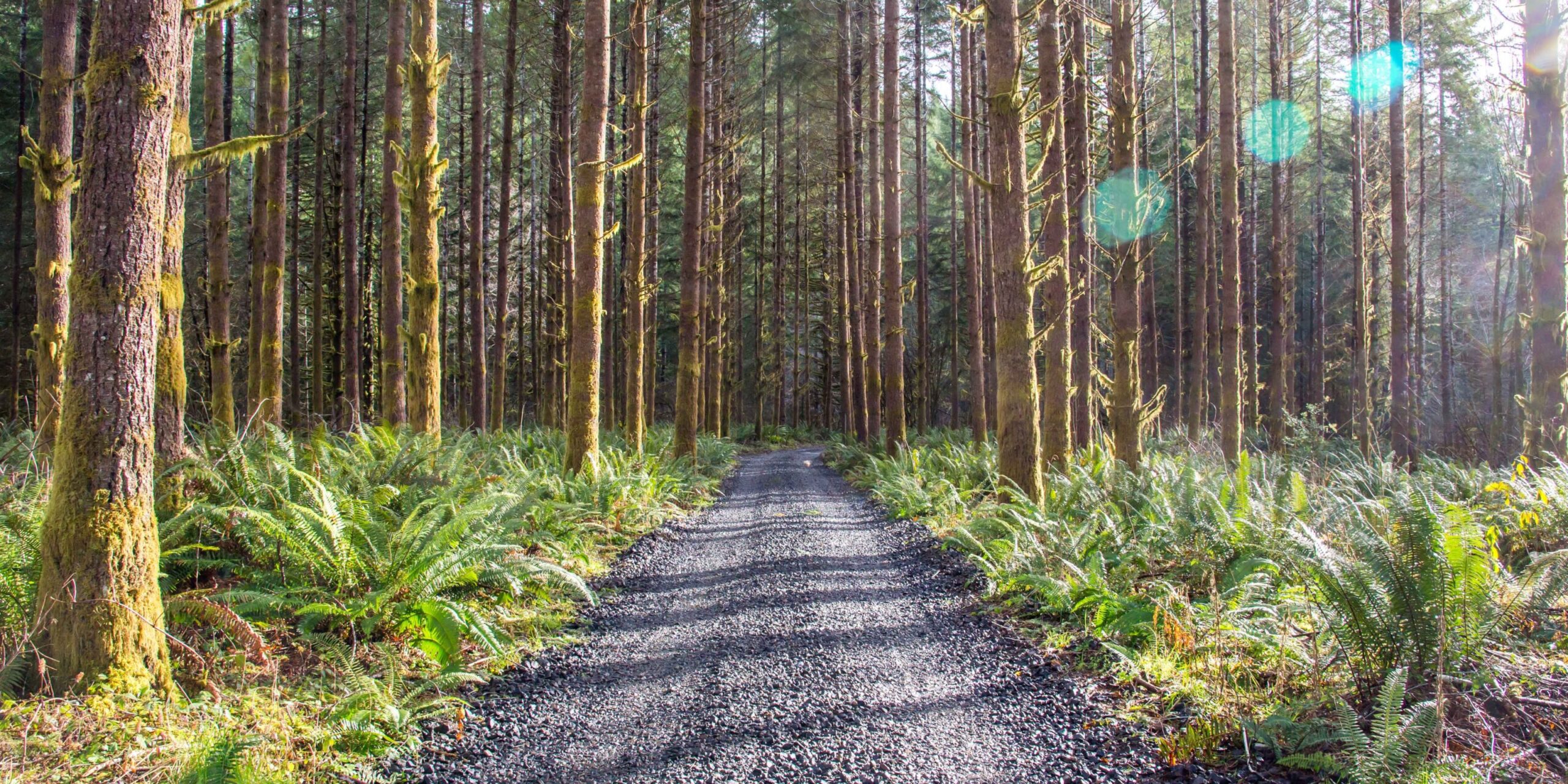
Work. Play. Renew.
What Are the 4 Components of a Thriving Wildlife Habitat?
 Oregon is home to numerous types of wildlife. Animals like black bears, beavers, eagles, hummingbirds, salmon and trout all live in Oregon’s ecosystems. The variety of animals in the state means they come with an equally wide range of needs, but there is one need they all have in common: for animals to thrive, they require a healthy wildlife habitat.
Oregon is home to numerous types of wildlife. Animals like black bears, beavers, eagles, hummingbirds, salmon and trout all live in Oregon’s ecosystems. The variety of animals in the state means they come with an equally wide range of needs, but there is one need they all have in common: for animals to thrive, they require a healthy wildlife habitat.
In general, any wildlife habitat needs four key components to truly enable its inhabitants to thrive: food sources, drinkable water, shelter and space. In this article, we’ll examine each of these up close. We’ll also delve a little into what humans can do to help provide these things and help protect effective, thriving wildlife habitats for all of Oregon’s animals.
1. Food
Having abundant access to the right variety of food is vital for survival. Depending on the type of wildlife in question, differing sources of nutrition could include:
- Native plants. These plants are adapted to the local climate and soil conditions and are a key, natural source of food for wildlife. They also support a diverse range of other food sources, including insects and fruits and nuts.
- Fruit, seeds and nuts. A subset of the above species like Oregon white oak, Douglas-fir and elderberry produce seeds, nuts and fruit that can feed many types of wildlife.
- Insects. A critical food source for species like most birds, insects themselves feed on plants and flowers.
- Other animals. The food chain doesn’t stop with insects. Predator species need prey species to live, but similarly, prey species need predator species to keep their numbers in check. Removing wolves from an environment, for instance, famously had dangerous results for the local deer population. The ecosystem’s balance can be precarious.
What can humans do?
To help provide food for local wildlife, you can plant native plants and trees that will help feed animals as well as host insects. For birds, in particular, you can also hang bird feeders that help when other natural food sources may be scarce.
2. Water
Perhaps even more vitally important than food is access to clean, drinkable water. All living creatures rely on water to survive. They drink it, it’s required to grow and support the food they eat and, for some, it’s the habitat in which they live. Ideally, the single best way for creatures to find water in a wildlife habitat is to have access to natural sources, such as rivers, streams and lakes.
What can humans do?
Protecting clean waterways is vitally important, and that means maintaining healthy forests. Trees contribute significantly to Oregon’s cold, clean water. Humans can help this process by properly managing forests. Tasks like maintaining vegetation and reducing hazards can go a long way toward keeping water clean and healthy for local wildlife.
On an individual level, you can create man-made sources of water like ponds for aquatic species or bird baths—or sugar water to help revitalize thirsty bees. You can also advocate for drinking stations that help support larger wildlife such as deer.
3. Shelter
If you are ever lost in the wilderness, finding shelter is one of the most important things to do. This is true for wildlife too. There are many different types of places that can serve as shelter in a wildlife habitat, including:
- Trees and shrubs. Not only are trees and shrubs valuable sources of shelter for many kinds of wildlife, but they also provide nesting materials.
- Rock piles. Rock piles are a favored type of shelter for species like insects, reptiles and amphibians. Rocks also help retain moisture in the soil.
What can humans do?
One of the biggest causes of habitat destruction for wildlife is deforestation. Supporting strong policies, like those in Oregon, that prevent deforestation and support reforestation is key to maintaining healthy wildlife habitats. Beyond that, you can consider creating brush piles on your property with things like fallen branches or provide nesting boxes where birds and other species can nest and raise their young. Not all species have the same nesting requirements, so do some research before you commit to building something that animals won’t use.
4. Space
Humans can’t thrive in a tiny box, and neither can wild animals. It’s important for any wildlife habitat to have plenty of room for animals to live, eat, rest, reproduce and play. Humans encroaching on wildlife habitats is a major problem—not just because it hurts wildlife, but because it increasingly exposes humans to potentially dangerous diseases.
What can humans do?
An important way individuals can help give wildlife plenty of space for living is by advocating for policies that support habitat protection, such as preserving natural barriers. Forests, rivers and mountains are some types of natural barriers that preserve ecosystems, and damaging or destroying them can bring species into conflict, threatening upheaval in the environment.
These four key elements of wildlife habitats are only the beginning of what animals need to thrive in Oregon. Climate, biodiversity and healthy relationships with humans also play a role. If you want to learn more about how you can promote healthy, sustainable, vibrant wildlife habitats, explore the Oregon Forests Forever website today.